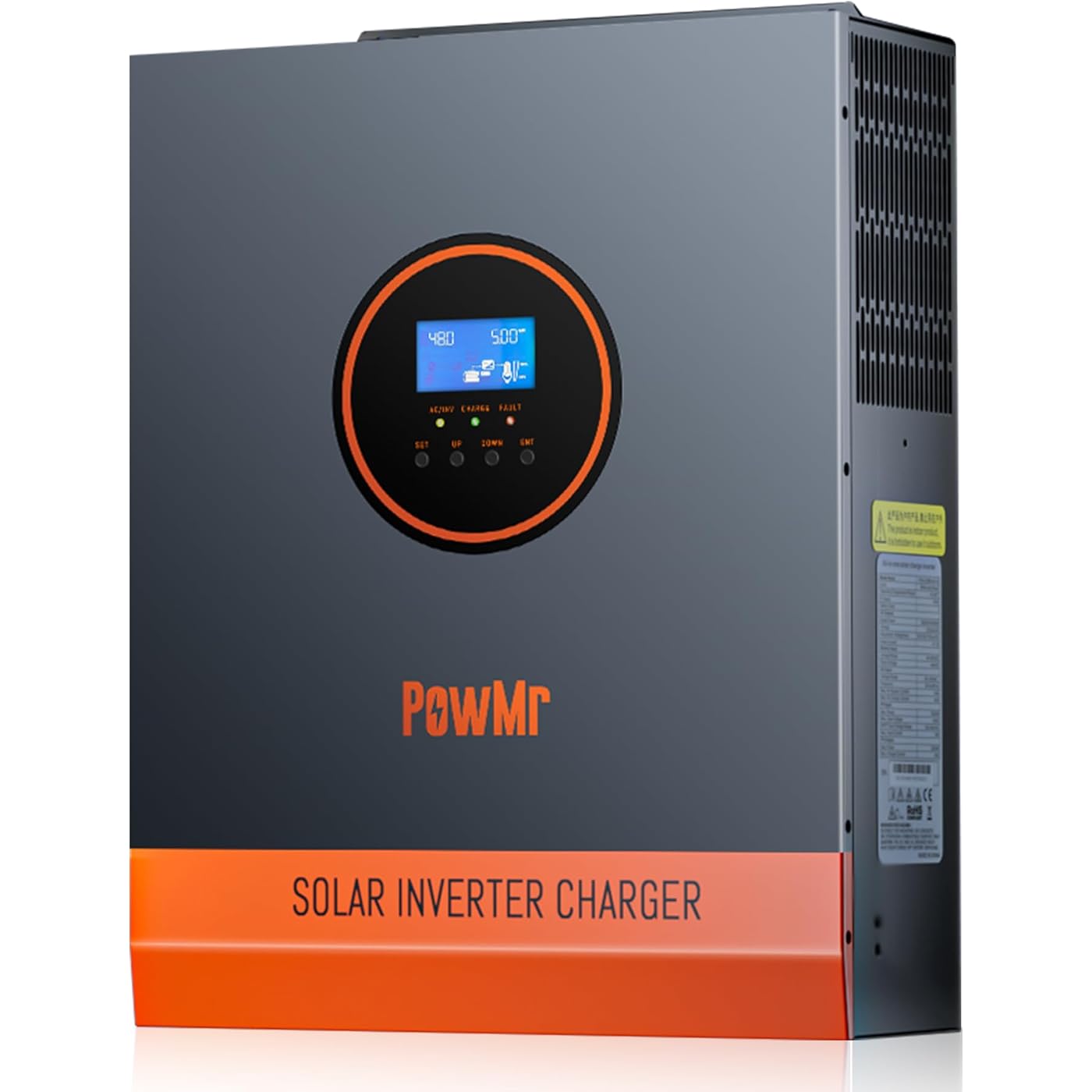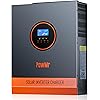







Ready to go? Add this product to your cart and select a plan during checkout. Payment plans are offered through our trusted finance partners Klarna, PayTomorrow, Affirm, Afterpay, Apple Pay, and PayPal. No-credit-needed leasing options through Acima may also be available at checkout.
Learn more about financing & leasing here.
Eligible for Return, Refund or Replacement within 30 days of receipt
To qualify for a full refund, items must be returned in their original, unused condition. If an item is returned in a used, damaged, or materially different state, you may be granted a partial refund.
To initiate a return, please visit our Returns Center.
View our full returns policy here.
Color: 【Upgraded】5000W, Max.PV Input 5.5KW, 500V, 22A
Features
Brand: Temank
Power Source: Battery Powered
Wattage: 5000 watts
Battery Capacity: 200 Amp Hours
Color: 【Upgraded】5000W, Max.PV Input 5.5KW, 500V, 22A
Date First Available : June 1, 2021
Manufacturer : Temank
Customer Reviews: 3.7 3.7 out of 5 stars 180 ratings
Item Weight: 26.4 pounds
Warranty: 1 year Manufacture
Date First Available: June 1, 2021





